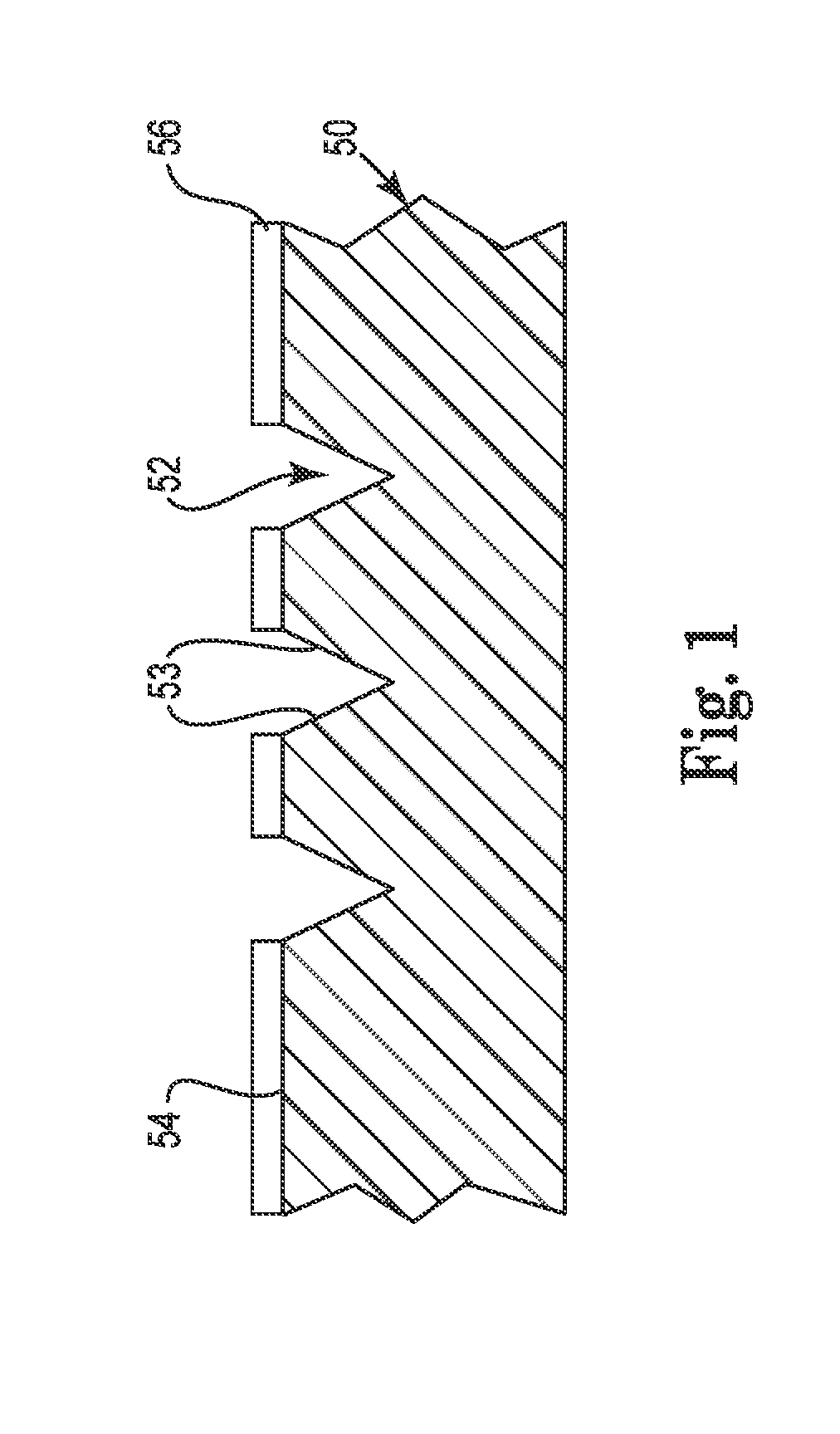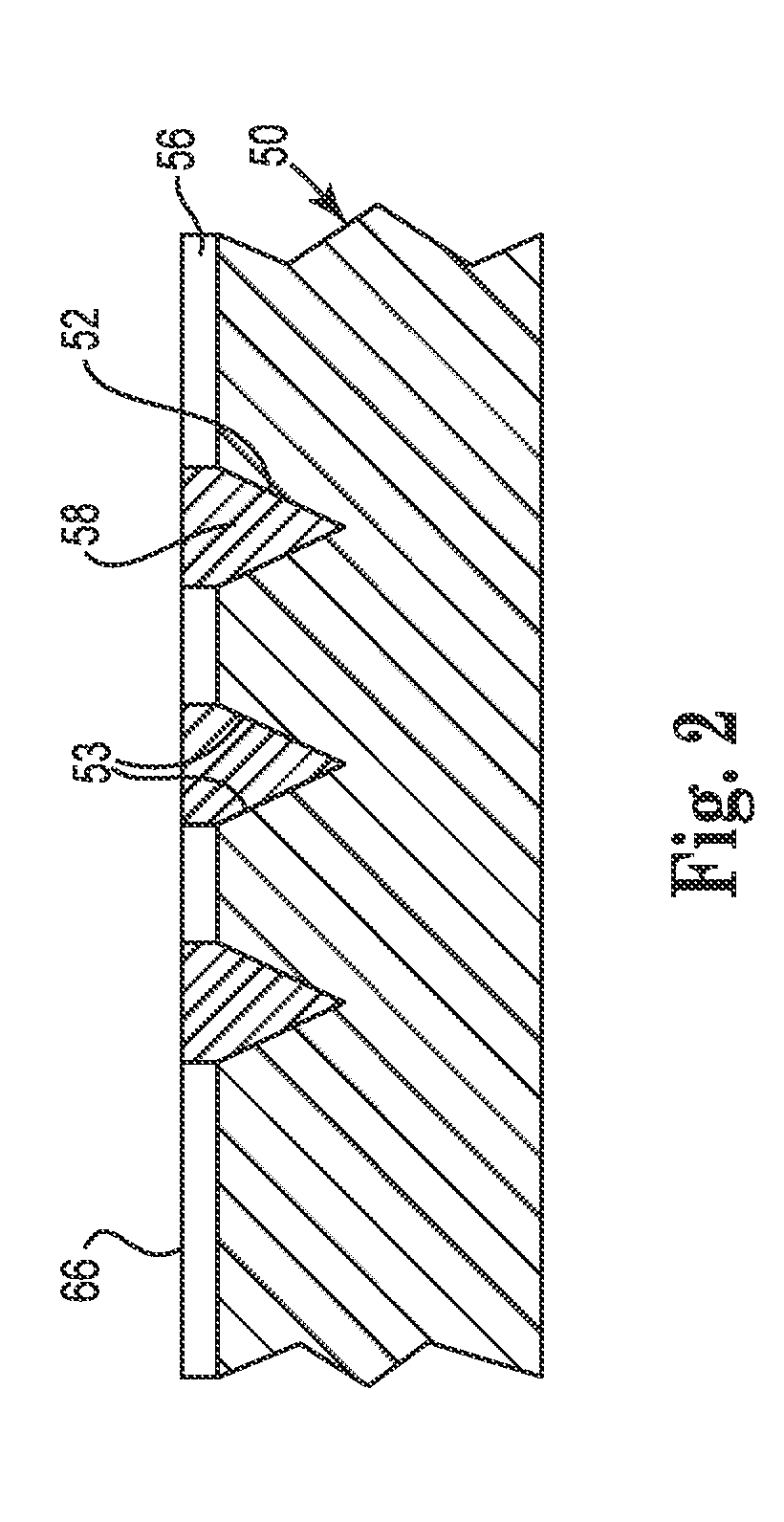Singulated semiconductor device separable electrical interconnect
a semiconductor device and separable technology, applied in the field of socket assembly, can solve the problems of difficult repair, inability of the ic device to connect to the final pcb, and small size and distance between the die terminals, and achieve the effects of improving the test performance of the system, large surface area, and high performance test capability
- Summary
- Abstract
- Description
- Claims
- Application Information
AI Technical Summary
Benefits of technology
Problems solved by technology
Method used
Image
Examples
Embodiment Construction
[0035]The present disclosure relates to a high performance socket assembly capable of interconnecting one or more IC devices in a solderless interface, permitting the IC device to be tested prior to final packaging. The present socket assembly can be used with IC devices having contact-to-contact spacing (pitch) on the order of less than about 1.0 millimeter (1×10−3 meters), and more preferably a pitch of less than about 0.7 millimeter, and most preferably a pitch of less than about 0.4 millimeter.
[0036]FIG. 1 is a cross-sectional view of a fixture 50 useful in making a compliant printed circuit for a socket assembly in accordance with an embodiment of the present disclosure. The fixture 50 can include a plurality of cavities 52 in a first surface 54. The locations of the cavities 52 are arranged in an array that corresponds to terminals on a wafer-level IC device (see e.g., FIG. 6). The cavities 52 can be formed using a variety of techniques, such as molding, machining, printing, i...
PUM
| Property | Measurement | Unit |
|---|---|---|
| aspect ratio | aaaaa | aaaaa |
| width | aaaaa | aaaaa |
| conductive | aaaaa | aaaaa |
Abstract
Description
Claims
Application Information
 Login to View More
Login to View More - R&D
- Intellectual Property
- Life Sciences
- Materials
- Tech Scout
- Unparalleled Data Quality
- Higher Quality Content
- 60% Fewer Hallucinations
Browse by: Latest US Patents, China's latest patents, Technical Efficacy Thesaurus, Application Domain, Technology Topic, Popular Technical Reports.
© 2025 PatSnap. All rights reserved.Legal|Privacy policy|Modern Slavery Act Transparency Statement|Sitemap|About US| Contact US: help@patsnap.com



